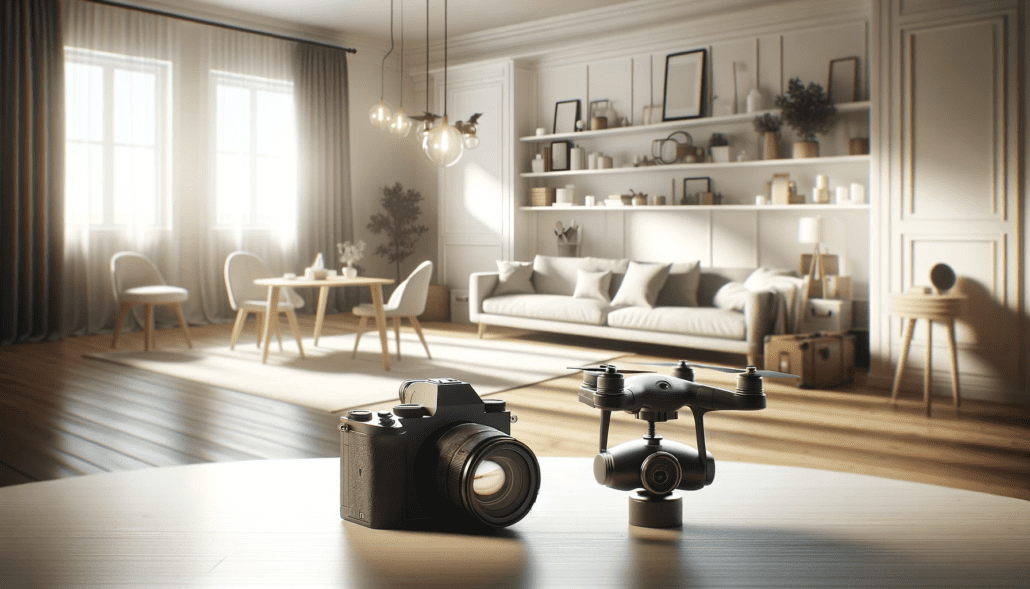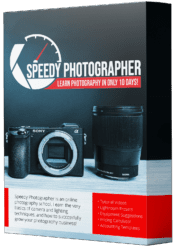10 Essential Tips for Real Estate Agents to Master Real Estate Photography
Real estate photography plays a pivotal role in the property selling process. It’s often the first impression potential buyers get of a property, and as we all know, first impressions matter greatly. For real estate agents, understanding the nuances of real estate photography can significantly enhance their listings, attract more potential buyers, and ultimately lead to more successful sales. Here are ten essential tips for real estate agents to master the art of real estate photography:
#1: Understand the Importance of Good Lighting
Good lighting can transform an ordinary space into an inviting one. Natural light is your best friend, so schedule photoshoots during the brightest time of the day. Open curtains and blinds to let in as much light as possible. For darker areas, consider using artificial lighting to brighten up the space.
#2: Use a Wide-Angle Lens
A wide-angle lens is crucial for real estate photography. It allows you to capture more of the room in a single shot, making spaces appear larger and more open. However, be careful not to distort the room too much, as it can set unrealistic expectations.
#3: Pay Attention to Composition
The composition of your photographs can greatly influence how a property is perceived. Use the rule of thirds to create balanced, interesting shots. Also, be mindful of vertical lines – ensure walls and door frames are straight to avoid a tilted look.
#4: Declutter and Stage the Property
Before taking photos, ensure the property is clean, decluttered, and well-staged. Personal items should be minimized to allow potential buyers to imagine themselves in the space. A well-staged home is more appealing and photographs better.
#5: Highlight Unique Features
Every property has its unique selling points, whether it’s a cozy fireplace, a spacious backyard, or custom cabinetry. Make sure to highlight these features in your photos, as they can be major deciding factors for buyers.
#6: Edit Photos Professionally
Post-processing is a crucial step in real estate photography. Use photo editing software to adjust lighting, contrast, and color balance. However, ensure that your edits accurately represent the property. Misleading photos can lead to distrust and disappointment.
#7: Consider Aerial Photography
For properties with impressive exteriors or located in a desirable area, aerial photography can be a game-changer. Drones can capture stunning overhead shots of the property and its surroundings, giving potential buyers a unique perspective.
#8: Create a Virtual Tour
Virtual tours are increasingly popular, especially in the digital age. They allow potential buyers to get a 360-degree view of the property from the comfort of their homes. This can be particularly beneficial for attracting out-of-town buyers.
#9: Focus on the Best Angles
Not every angle is flattering for a room or exterior. Experiment with different viewpoints to find the most flattering angles that showcase the property’s best features.
#10: Invest in Professional Equipment or Services
Finally, consider investing in professional photography equipment or services. High-quality images can make a significant difference in how quickly a property sells and at what price. If photography isn’t your forte, hiring a professional can be a worthwhile investment.
In conclusion, mastering real estate photography is a valuable skill for any real estate agent. It enhances listings, attracts more buyers, and ultimately contributes to a more successful sale. By following these tips, real estate agents can take their listings to the next level and stand out in a competitive market.





Leave a Reply
Want to join the discussion?Feel free to contribute!